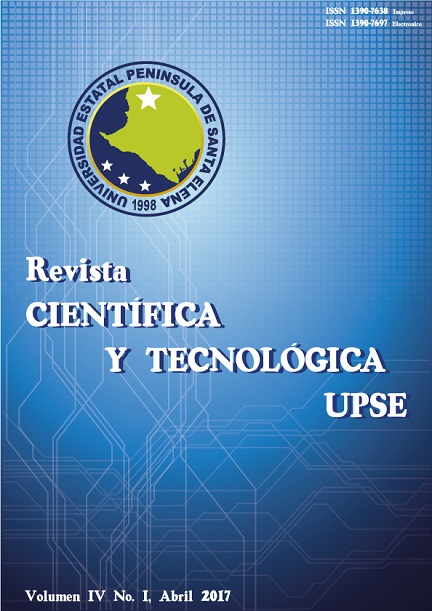Uso de tecnología HSPA (HSPA +) y su evolución con la generación de los celulares
DOI:
https://doi.org/10.26423/rctu.v4i1.246Palabras clave:
Tecnología HSPA, MAC, RLC, HSPA, HSDPA, HSUPA, LTEResumen
La necesidad la tecnología HSPA+ or Evolved High Speed Packet Access también es conocido como HSPA evolution, surgió con la creciente utilización de los datos y los usuarios que desean velocidades de descarga mucho más eficiente, en Ecuador CNT para el 2014 se propuso implementar 491 radio bases HSPA+ para alcanzar una cobertura del 84 por ciento de la población ecuatoriana y desde entonces ha alcanzado una excelente cobertura a nivel nacional. El objetivo de este trabajo es realizar un análisis de la tecnología HSPA +, así como también su evolución a partir de la generación de los celulares, en la segunda etapa se hablará de HSPA sus ventajas, arquitectura de red, estructura de protocolos en la cual se verá la capa MAC y la capa RLC, en la tercera etapa HSDPA su arquitectura de red, sus principales mejoras, estructura de protocolos, handover en HSDPA, en la cuarta etapa HSUPA su arquitectura de red, estructura de protocolos, sus principales mejoras, sus canales y handover HSUPA, en la etapa 5 hablaremos la evolución de HSPA + dentro del release 7.
Descargas
Descargas
Publicado
Número
Sección
Licencia
El titular de los derechos de autor de la obra, otorga derechos de uso a los lectores mediante la licencia Creative Commons Atribución-NoComercial-CompartirIgual 4.0 Internacional. Esto permite el acceso gratuito inmediato a la obra y permite a cualquier usuario leer, descargar, copiar, distribuir, imprimir, buscar o vincular a los textos completos de los artículos, rastrearlos para su indexación, pasarlos como datos al software o usarlos para cualquier otro propósito legal.
Cuando la obra es aprobada y aceptada para su publicación, los autores conservan los derechos de autor sin restricciones, cediendo únicamente los derechos de reproducción, distribución para su explotación en formato de papel, así como en cualquier otro soporte magnético, óptico y digital.












